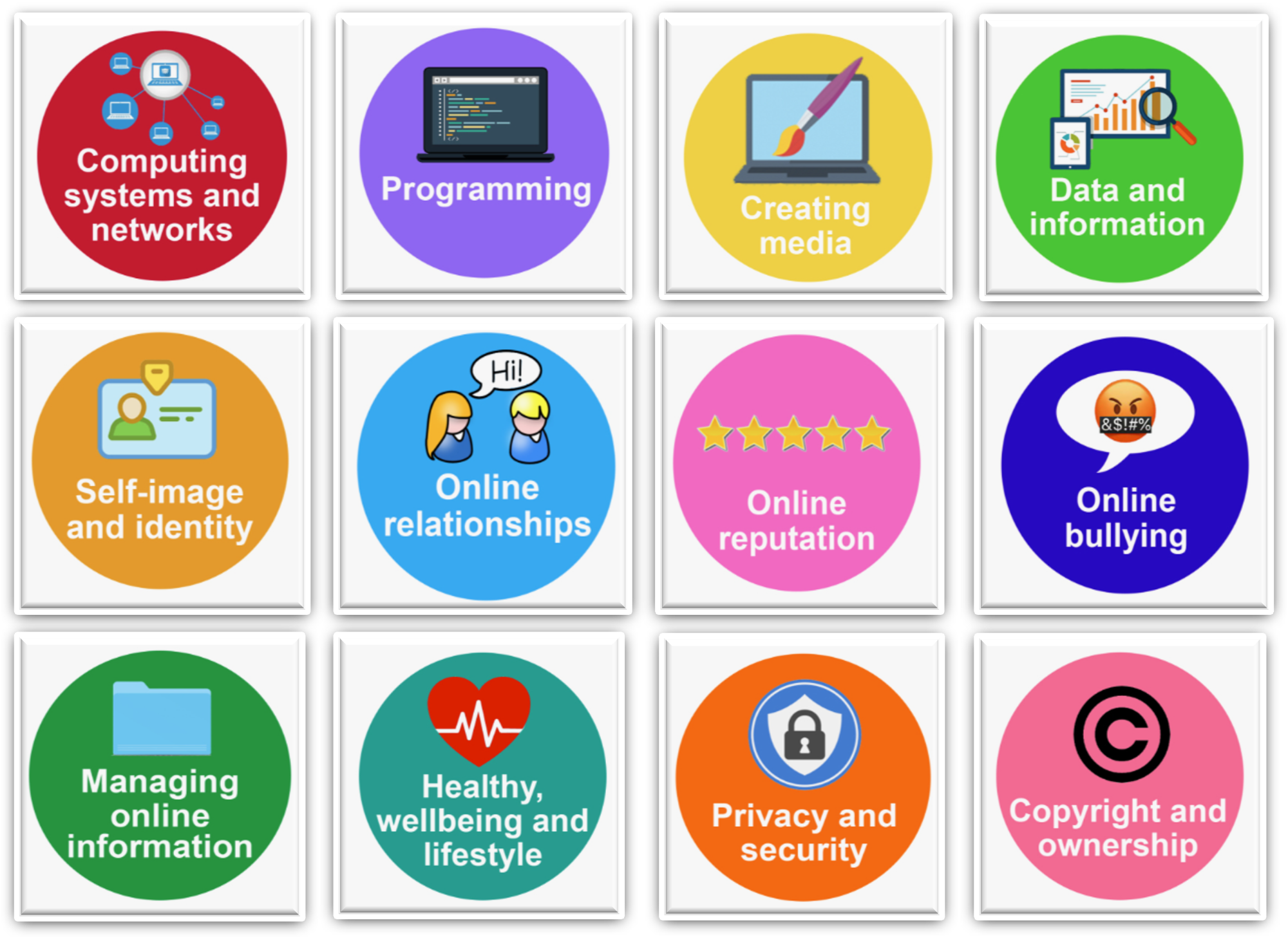Computing
At Snodland CEP school, the safety and wellbeing of our students in the digital world is of the utmost priority. We are committed to ensuring that children are equipped with the knowledge and tools necessary to navigate the online landscape safely. To enable this, we have a comprehensive E-safety curriculum which is delivered at the start of each lesson and is supported by Project Evolve. Children begin learning about E-safety within Foundation Stage and revisit the same units (below) and build upon this knowledge each year to enable them to have the understanding to make responsible choices when using digital technology in the world around them:
- Self-Image and Identity and Online Relationships
- Online Reputation and Bullying
- managing online information
- health, well-being and lifestyle
- Privacy and Security
- Copyright and Ownership
Our Digital Leaders play an essential role in promoting internet safety awareness among their peers. To highlight these important topics, our school proudly hosts an annual Internet Safety Day. This event focusses on issues regarding internet safety and guides students on where to find support. Furthermore, we ensure a secure online environment through regular monitoring and filtering of our in-school technology systems, allowing our students to access digital resources safely and responsibly.
The computing curriculum follows Teach Computing’s spiral curriculum ensuring that key knowledge is retained and clear connections are made through revising the same themes. Within each year group, children will revisit and build upon these topic areas:
- Computing systems and networks
- Creating media
- Data and information
- Programming
Within the curriculum, there is also opportunities for physical computing linked to our school’s DT curriculum to ensure our children are prepared for a digital-literate society. Children will have the opportunity to experience this in:
- Year 5 – Selection in physical computing, which uses a Crumble controller
- Year 6 – Sensing, which uses a micro: bit within their DT project.
Computing lenses:

Useful links:
